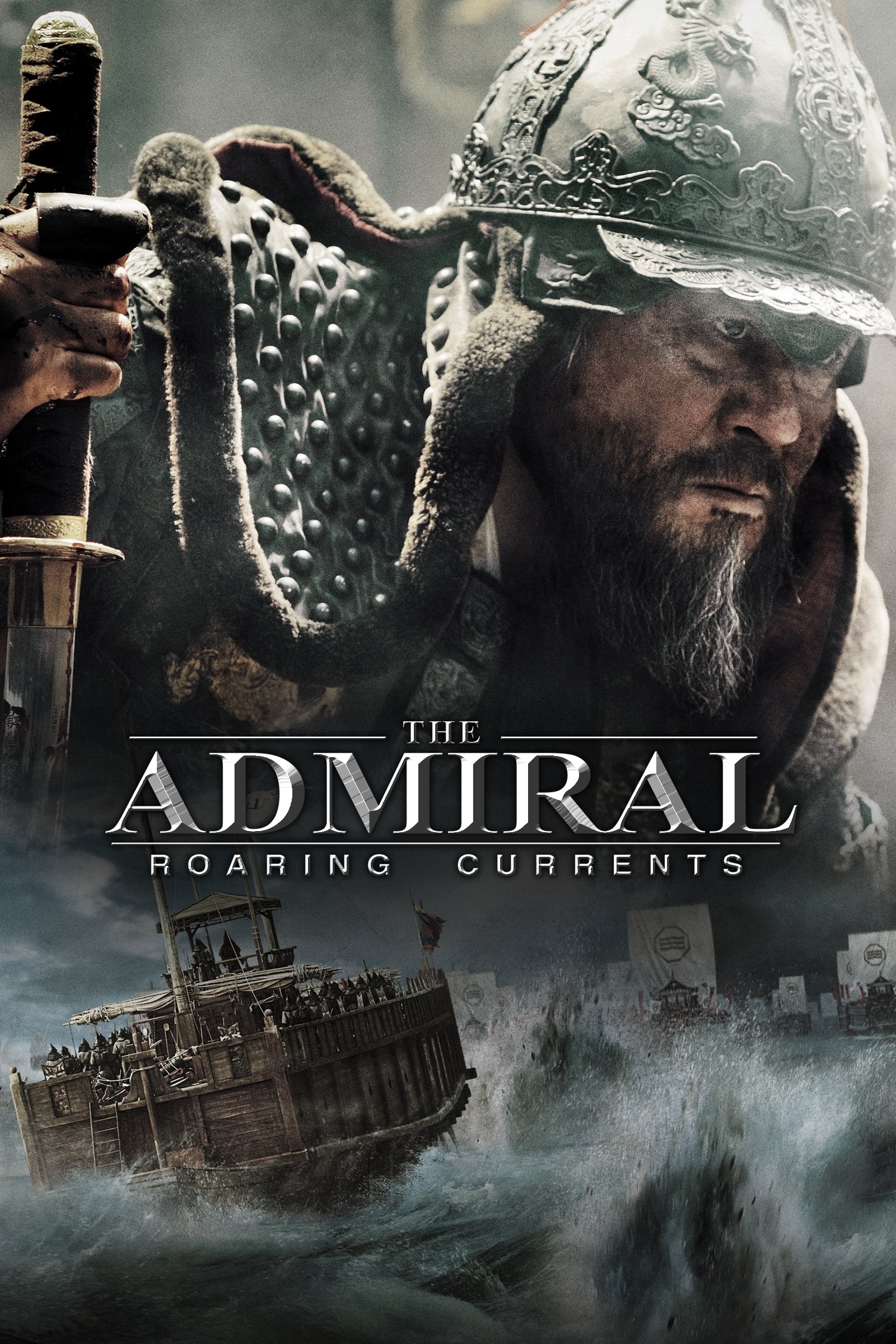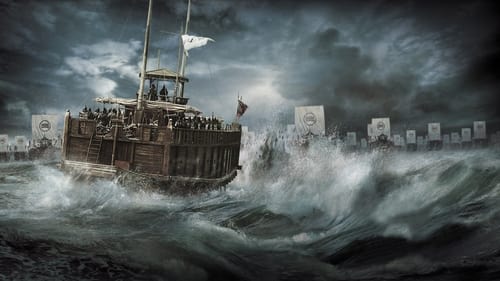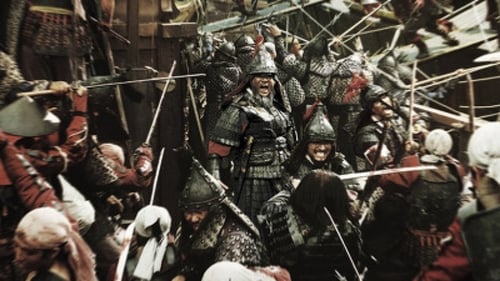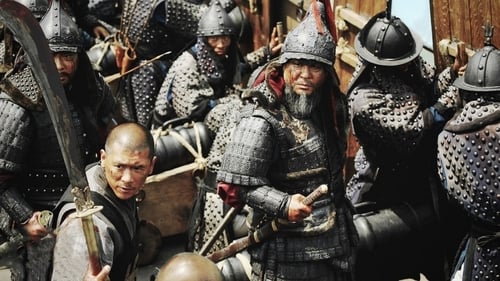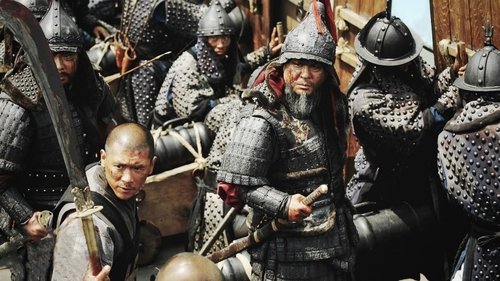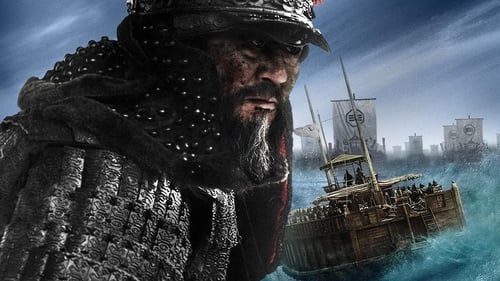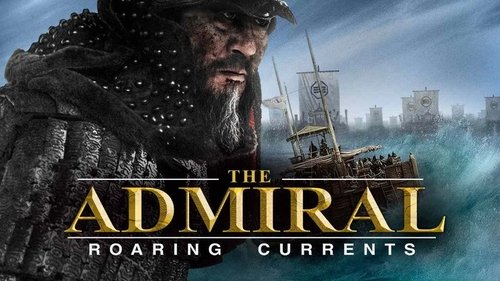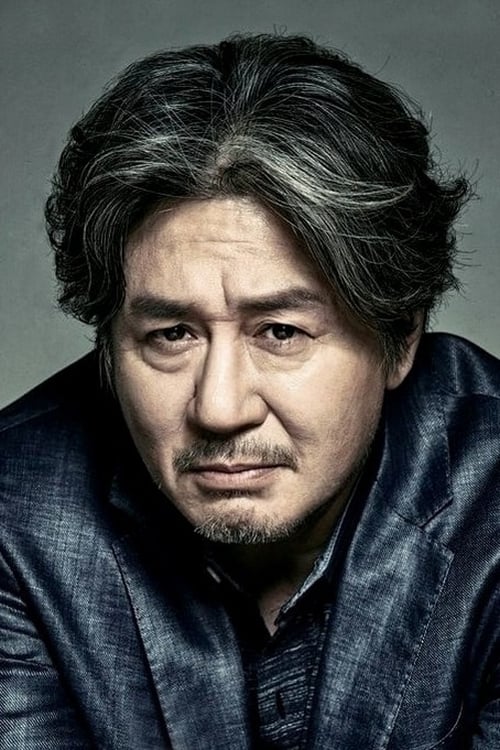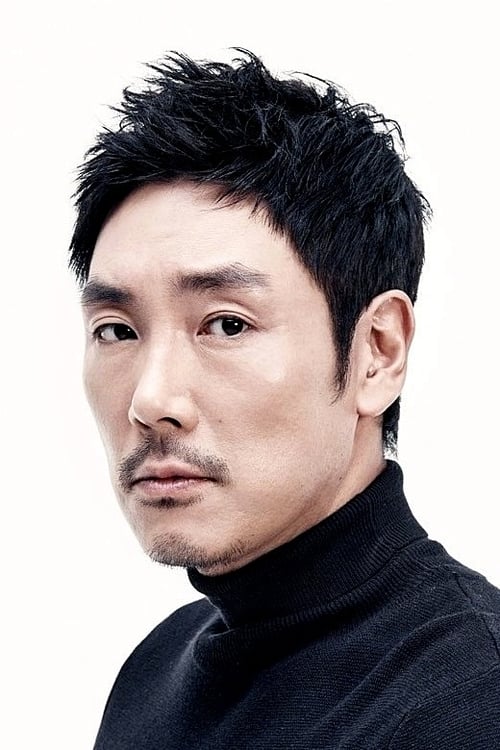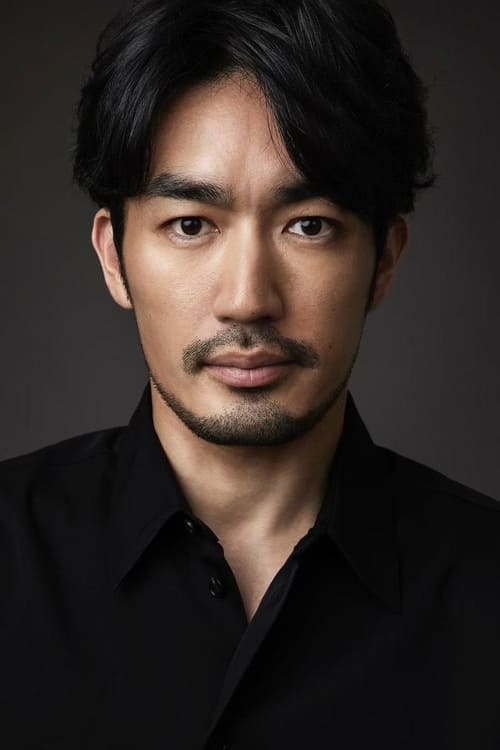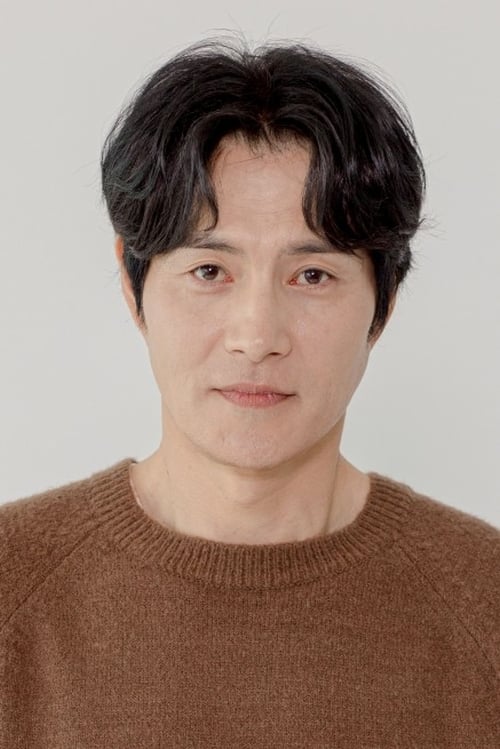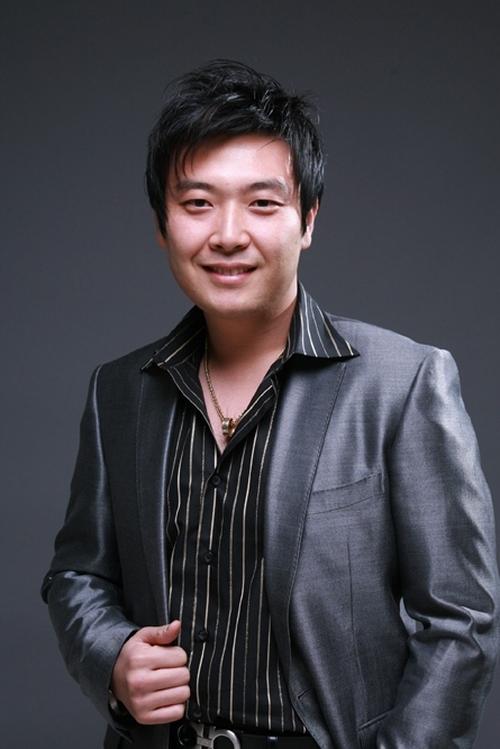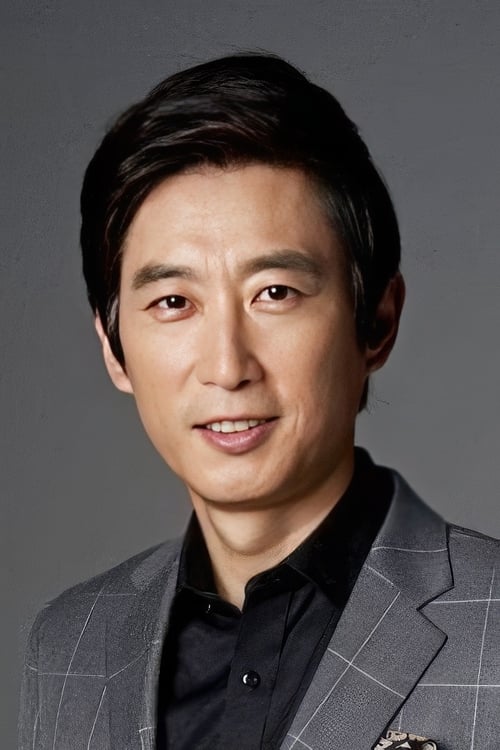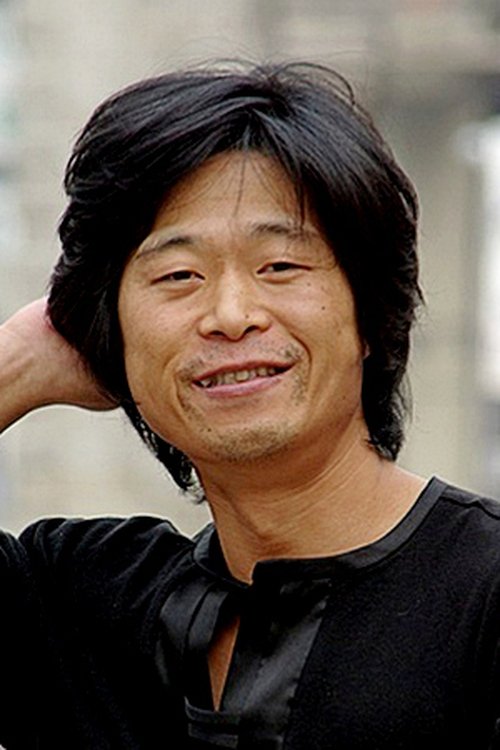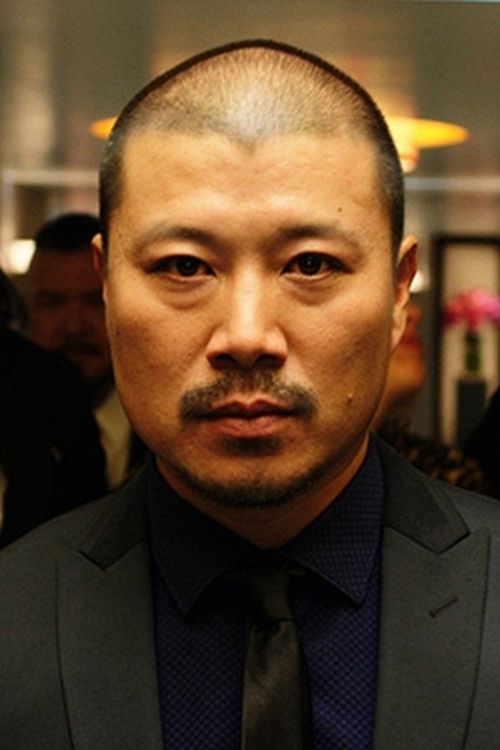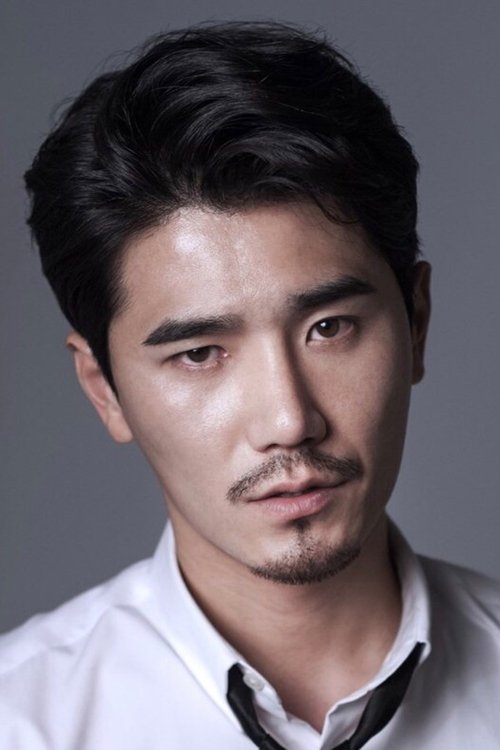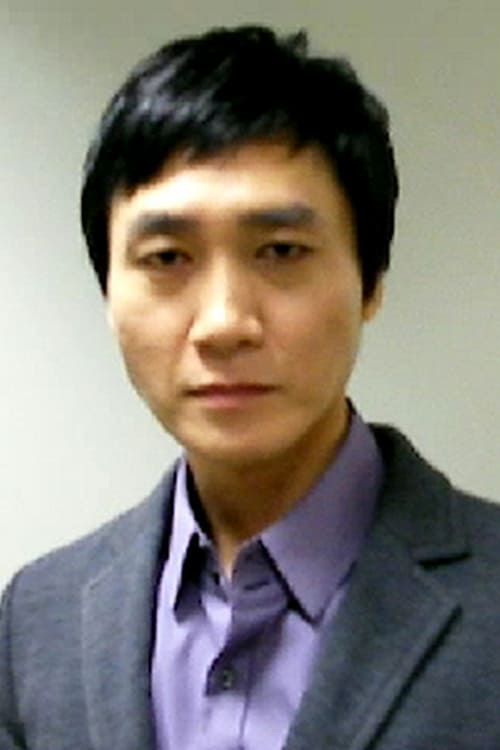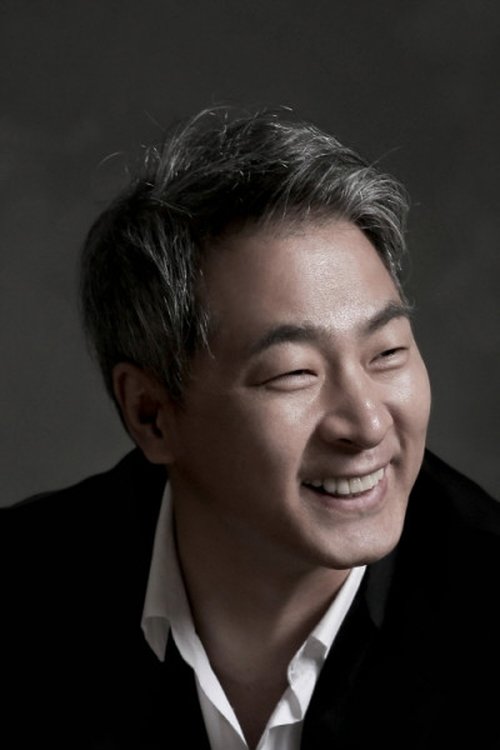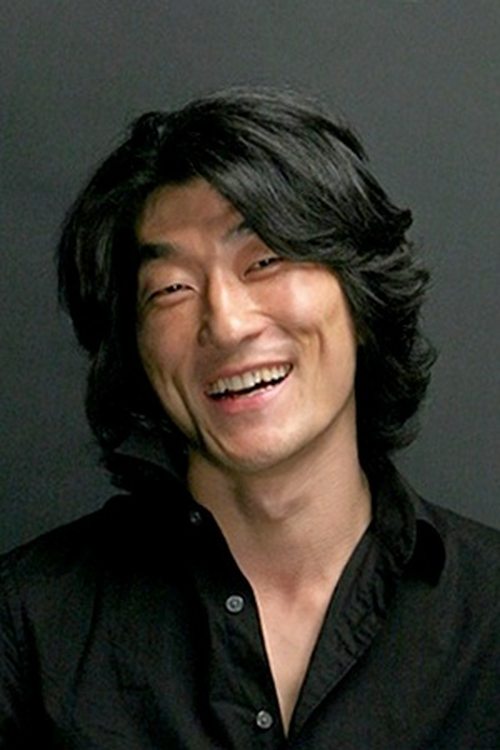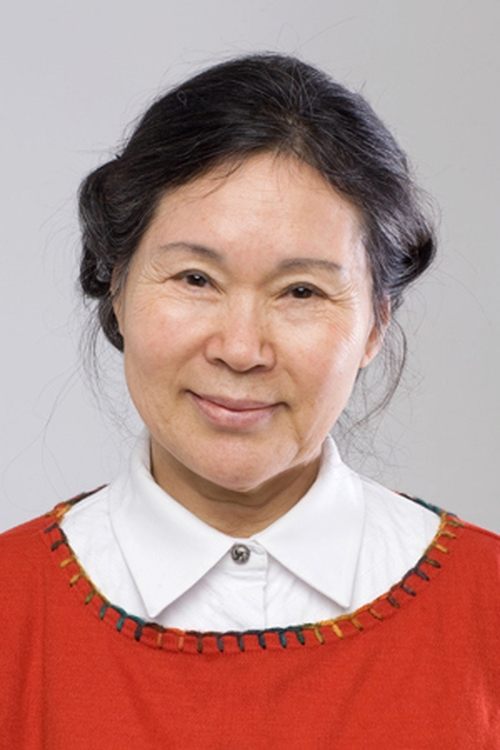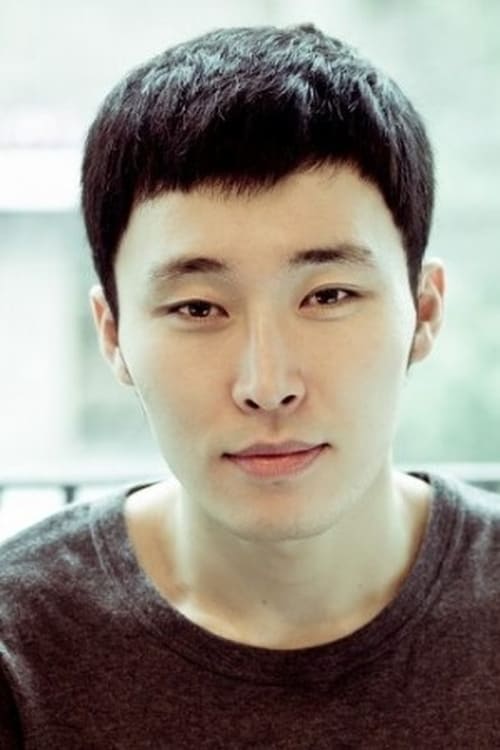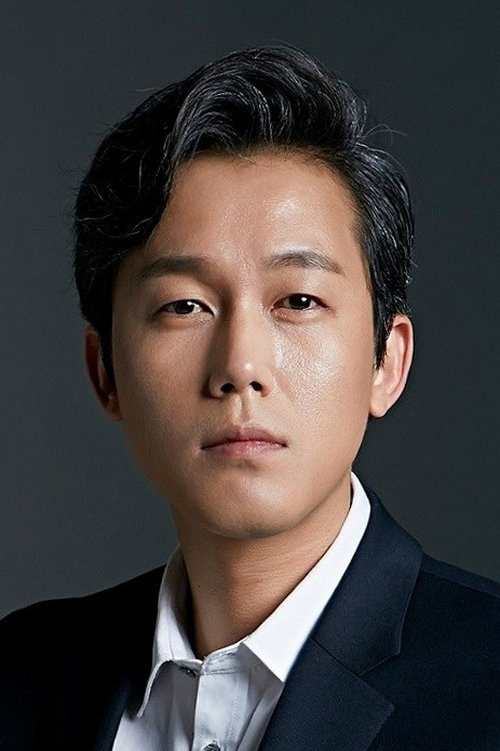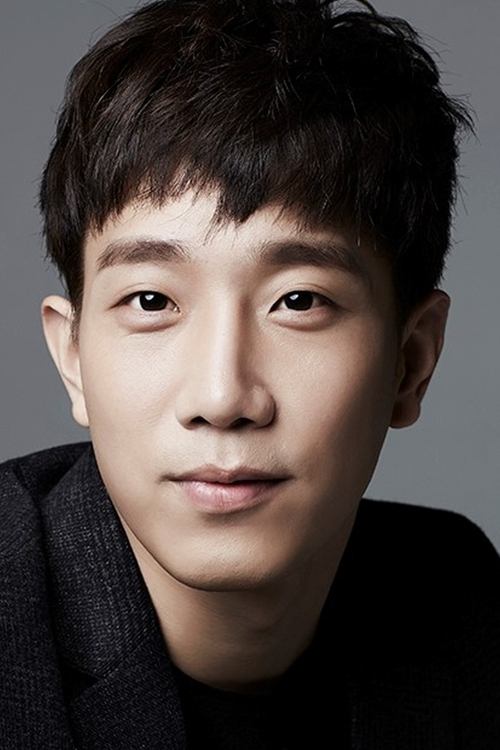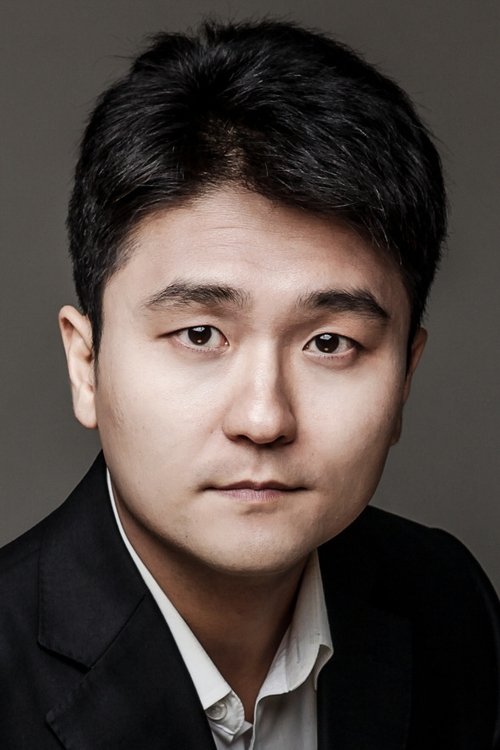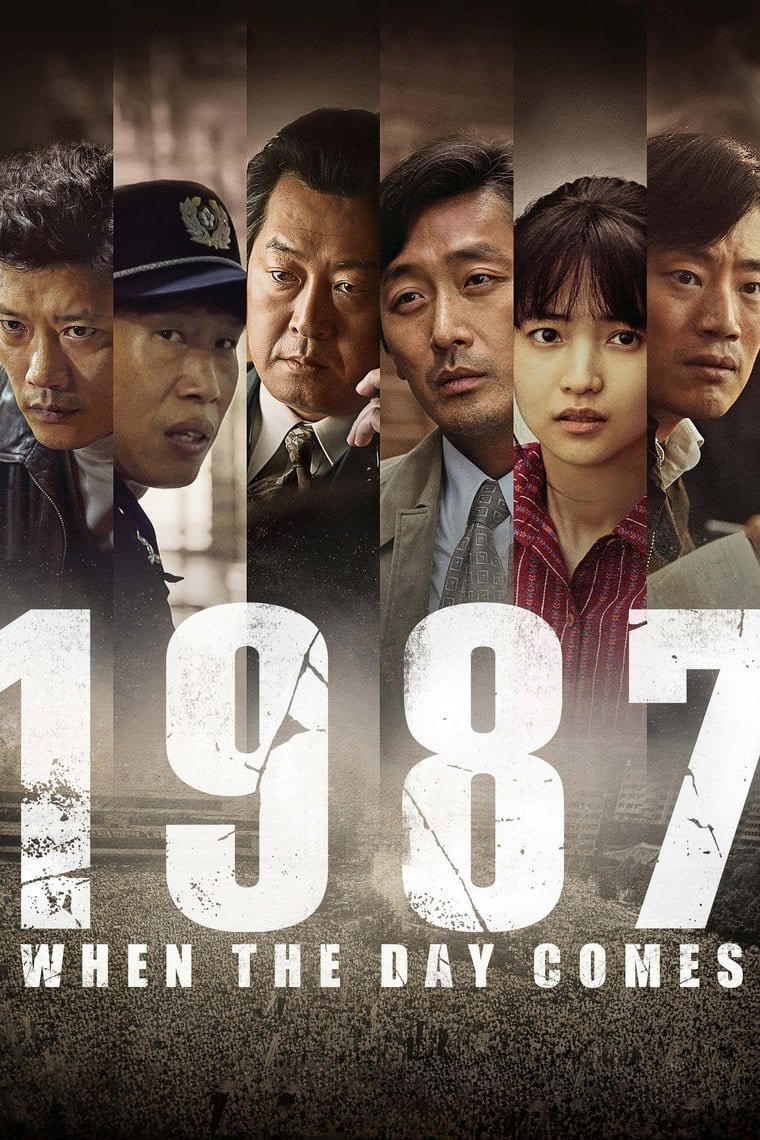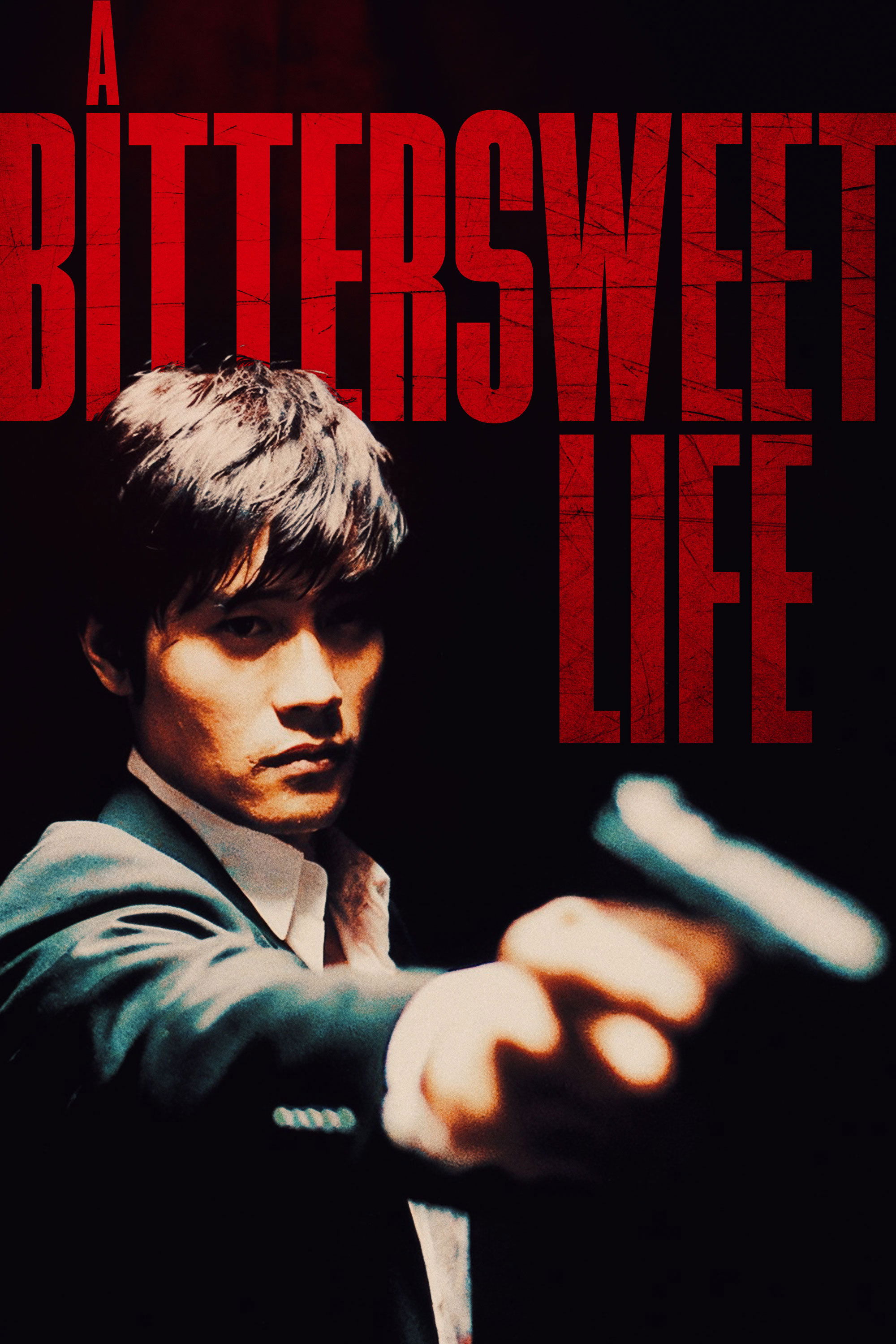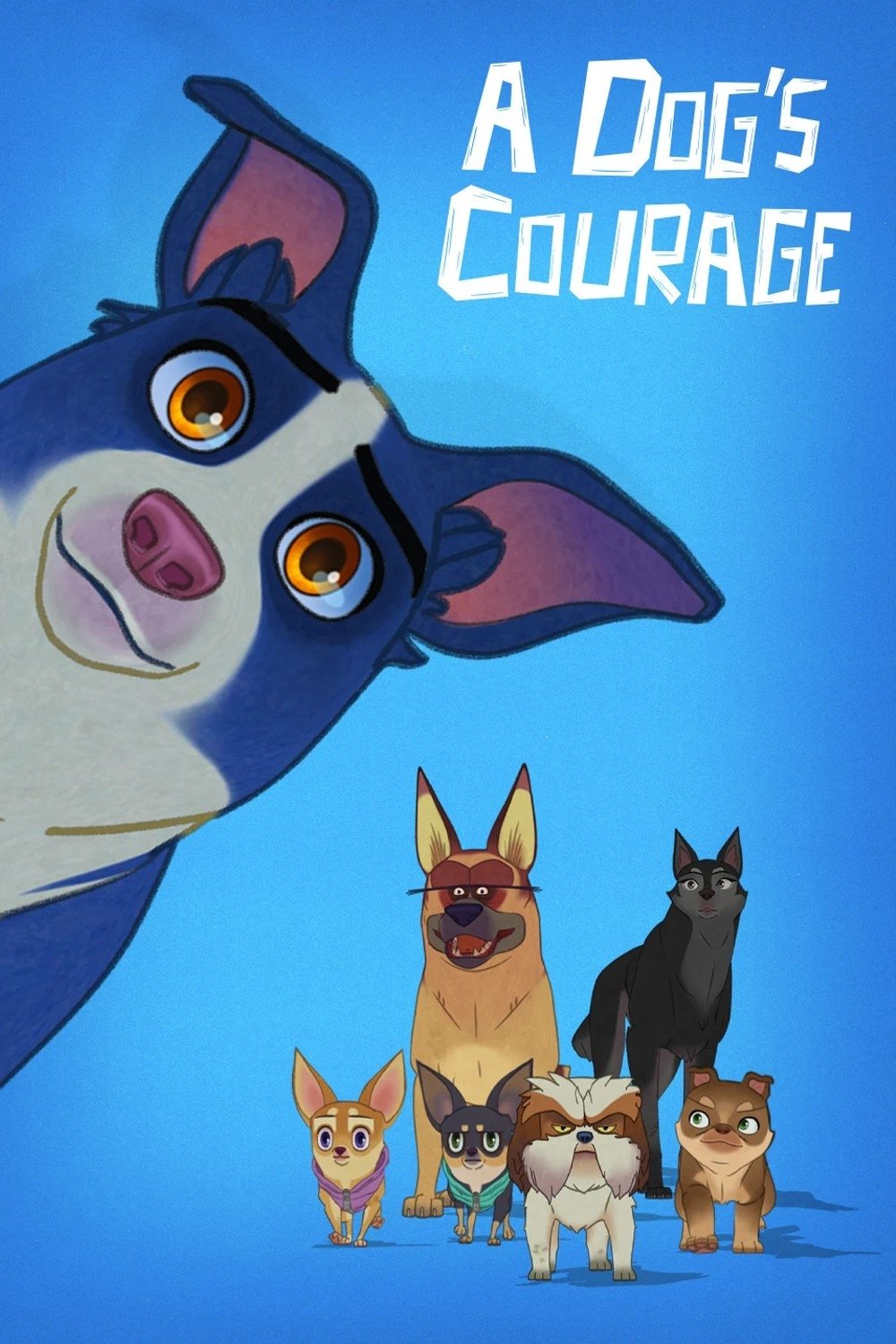
The Admiral: Roaring Currents
7
283 Votes
The film mainly follows the famous 1597 Battle of Myeongryang during the Japanese invasion of Korea 1592-1598, where the iconic Joseon admiral Yi Sun-sin managed to destroy a total of 133 Japanese warships with only 13 ships remaining in his command. The battle, which took place in the Myeongryang Strait off the southwest coast of the Korean Peninsula, is considered one of the greatest victories of Yi.
Trailers & Clips
2014-08-14T18:31:59.000Z
2014-08-02T00:20:47.000Z
Cast
Choi Min-sik
Admiral Yi Sun-ShinRyu Seung-ryong
Kurushima MichifusaCho Jin-woong
Wakizaka YasuharuJin Goo
Im Jun-yeongLee Jung-hyun
Mrs. JeongKim Myung-gon
Todo TakatoraKwon Yul
Yi HoeNo Min-woo
HaruKim Tae-hun
Kim Joong-geolRyohei Otani
JunsaKim Kang-il
KatoPark Bo-gum
Bae Su-bongLee Hae-yeong
Song Hui-ripJang Jun-nyeong
Na Dae-yongMoon Young-dong
Kim Dol-sonKim Won-hae
Bae SeolChoi Deok-moon
Song Yeo-jongPark No-shik
Kim Eok-chooShin Yoo-ram
Hye-heeHa Soo-ho
Executive Officer Kim Eung-hamKim Hyeon-tae
Ok-hyungKang Tae-young
KimuraKim Koo-taek
Bae Hong-seokJo Bok-rae
Oh Sang-gu (uncredited)Go Kyung-pyo
Oh Duk-yi (uncredited)Lee Jae-gu
Jo Mun-ong (uncredited)Jo Ha-seok
Jo Tae-shik (uncredited)Lee Joo-sil
Elder Jong-seon (uncredited)Kyul Hwi
Bae-seol's man (uncredited)Ju Seok-tae
Katsura (uncredited)Kim Min-sik
NavyLee Seung-joon
Large Body MilitaryLee Seung-joon
Ahn WiJung Je-woo
KurodaKim Moon-jong
Kim Eok-choo's chief (uncredited)Details Of Movie
| Music | |
|---|---|
| Photos | Kim Tae-sung |
| Revenue | 112200000 |
| Location | South Korea |
| Producer | Kim Min-gi, Jeong Byeong-wuk, Kim Ju-kyung |
| Director | Kim Han-min |
User Reviews

Reno
May 16 2024 09:18:27 PM
